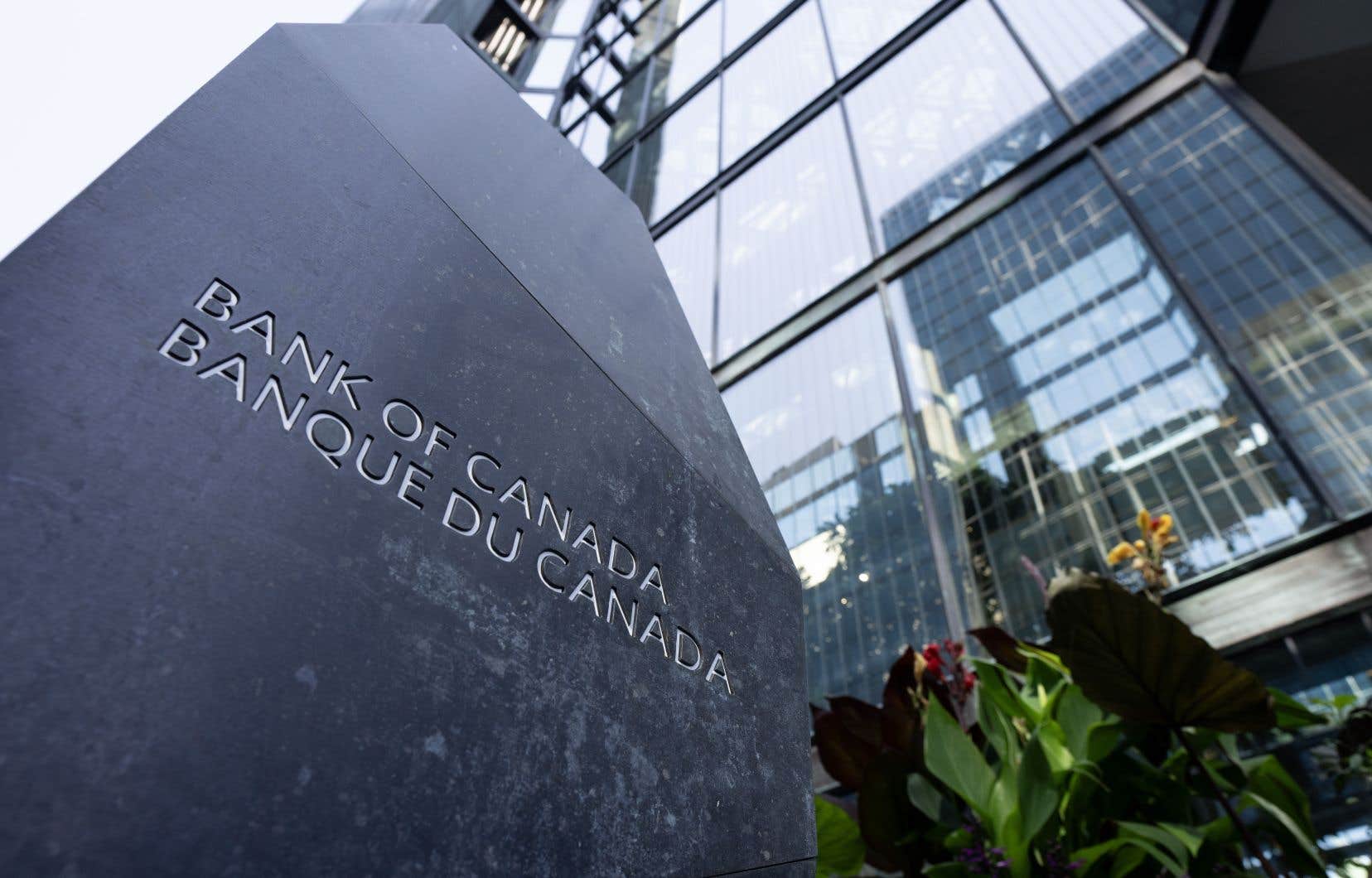This text is taken from Courrier de l’ économique. Click here to subscribe.
When the Bank of Canada increases its key rate, why do financial institutions automatically increase their rates equivalently? Are they obliged to do so?
Let’s first talk about the link between the policy rate and the banks’ prime rate. Monetary policy is essentially based on the target overnight financing rate, called the policy rate. In the daily bank clearing system, each business day, financial institutions transfer payments to each other associated with transactions made by their respective customers. For an institution, the net balance can thus be neutral, negative or positive. These balances must be balanced.
To achieve this, institutions can lend each other funds over the course of a day, at the overnight target rate then set by the central bank. Or borrow from her, also subject to repayment the following day. The rate then required is the bank rate, set at 25 basis points above the target overnight rate. We can thus see that an increase in the key rate increases the borrowing cost of banks on the overnight financing market.
“By encouraging financial institutions to lend to each other at a rate close to the policy rate, the overnight financing market influences the interest rates applicable to all kinds of borrowing within the economy, including commercial bank prime rate (on loans such as mortgages and lines of credit) and interest rates on deposits, guaranteed investment certificates and other savings products,” explains the Bank of Canada .
Institutions are free to set their own prime rate, but the exercise will be influenced by the central bank’s overnight rate, which also serves as a benchmark for the cost of funds in financial markets. The six major Canadian banks (and Desjardins Group), however, tend to adopt the same prime rate.
When establishing its prime rate, the institution will add to the key rate (the discount rate can also serve as a basis) a margin that can fluctuate on average around 2%. On the Business Development Bank of Canada website, Jovanka Charbonneau, senior economist, specifies that, during the years 1995 to 2008, the margin averaged around 1.5%, rising to approximately 1.75% until 2015 then settled around 2% since then.
This preferential rate will in turn influence the rates displayed by lenders. But we are talking about displayed rates, whereas, for lenders, the rate actually applied can be set above or below the prime rate depending on the economic context, the perception of risk, the state of competition and the credit quality of the borrower.
Finally, clarification that, in its fight against inflation, the Bank of Canada does not expect an immediate result from the adjustment of its key rate. “It usually takes 18 to 24 months for the effects of such adjustments to be fully transmitted to the economy through the four main channels: the interest rates offered by financial institutions on loans and deposits, the rate of exchange rate of the Canadian dollar, the population’s inflation expectations and the price of assets such as homes, stocks and bonds,” she writes.
Whether your questions concern personal finances, the energy transition, international trade or the real estate market, send them to us at [email protected]. Our team of journalists will work to answer them.
